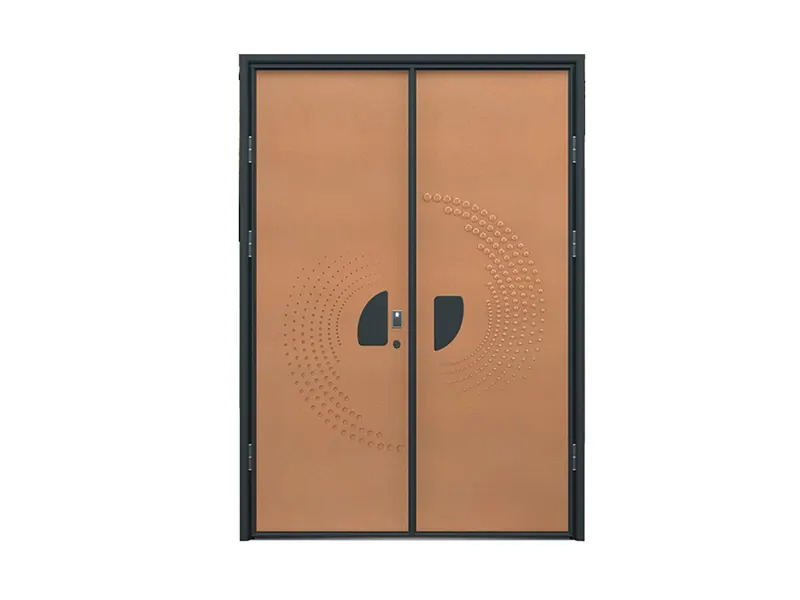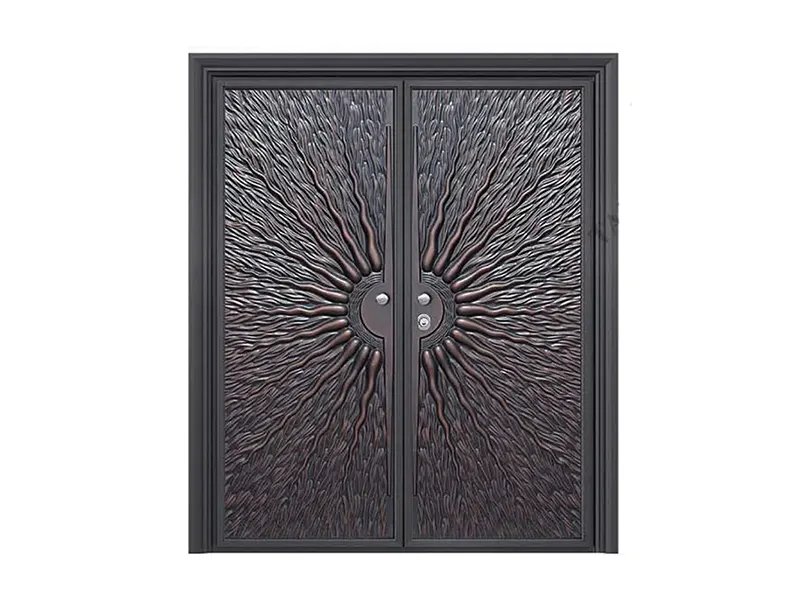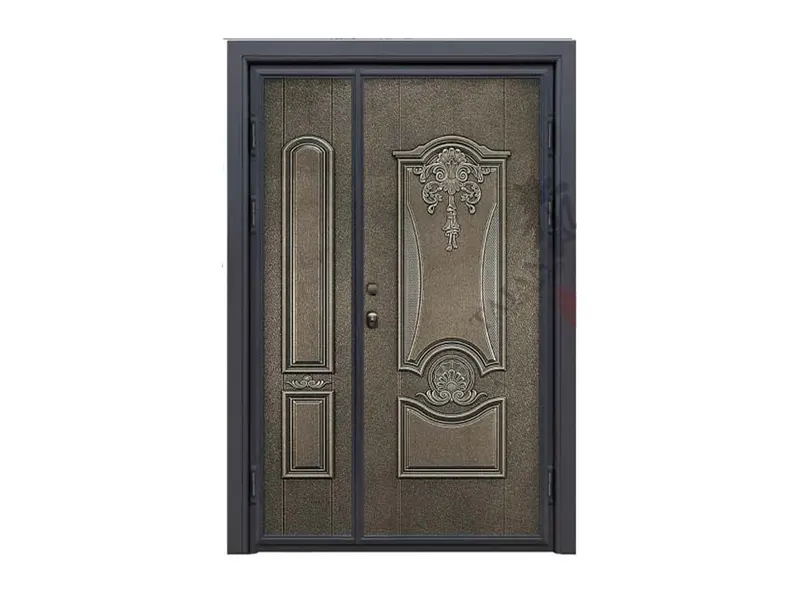Comment juger de l'authenticité des matériaux utilisés pour la fabrication des portes en cuivre sur mesure ?
Copper doors, due to their durability, high-end appearance, and excellent corrosion resistance, are increasingly becoming the preferred choice for high-end residences and villas. However, some manufacturers may use adulterated or thinned materials to reduce costs, making it difficult for customers to determine the authenticity of the materials when customizing copper doors. This article provides several professional references. 1. Check the Door Weight: Copper has a high density, so a heavier door is normal. If a door is unusually light, even if it appears heavy, it may contain lower-cost metal or hollow filler. Comparing it with other copper doors of the same specification can provide a preliminary assessment of material adequacy. 2. Check the Door Thickness: Panel thickness: High-end copper doors typically have panel thicknesses of around 1.0-1.5mm. Overall door leaf thickness: Typically, the thickness ranges from 55-70mm.
If the thickness is significantly lower than the market norm, there may be some cutting corners.
3. Check the door edges and welds
High-quality copper doors have smooth welds and joints, without obvious gaps or rough marks. Copper doors made with inferior materials or poorly crafted have uneven welds, pores on the surface, or color differences, which can easily provide clues to the authenticity of the materials.
4. Magnetic Test
Pure copper and high-copper content doors are essentially non-magnetic. You can use a small magnet to gently touch an inconspicuous area of the door:
If it does not attract the magnet, it means the copper content is high.
If it attracts the magnet, it may be mixed with other metals such as iron and requires further verification.








